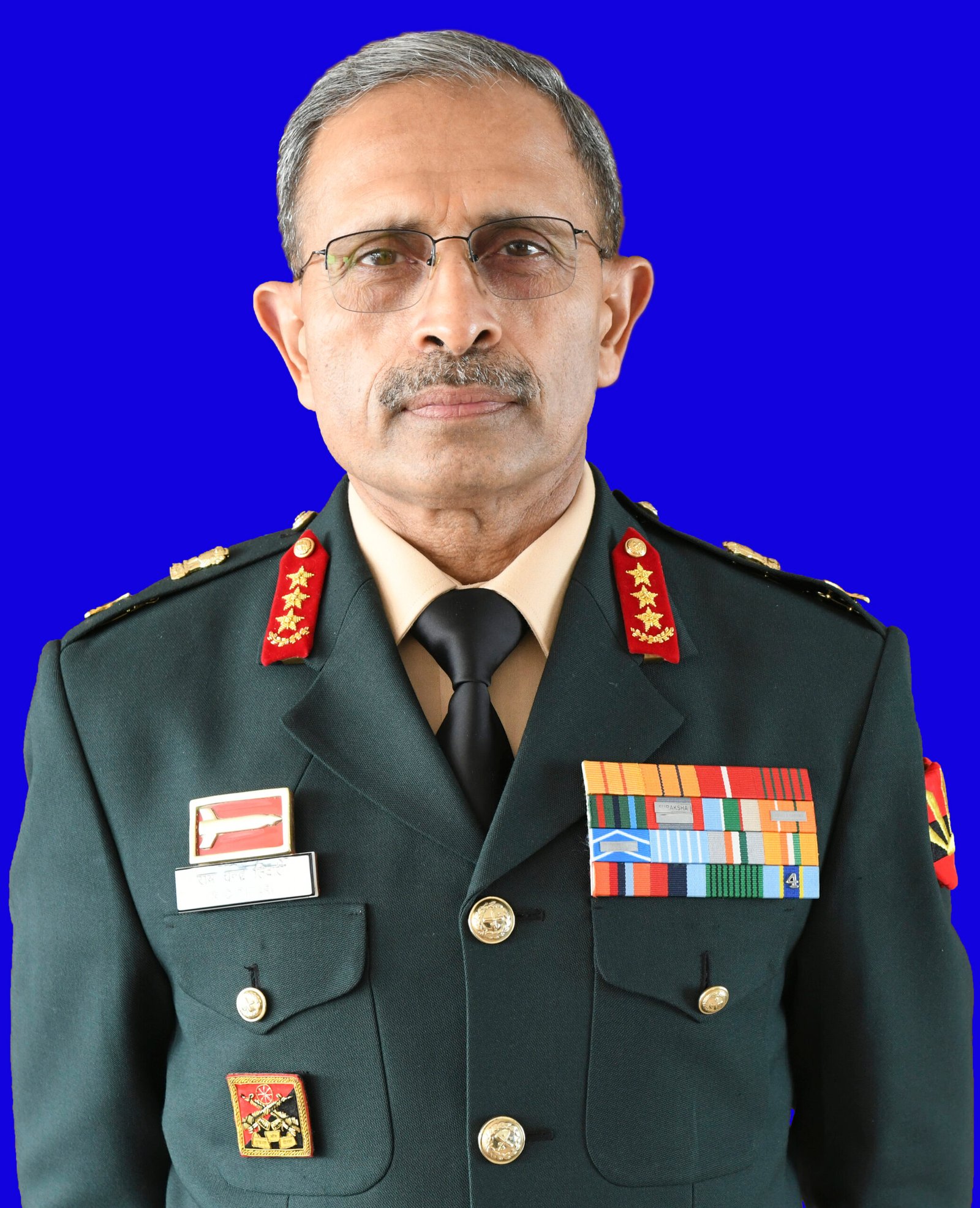
The ongoing Covid-19 crisis has caught the US Navy in its grip. The events surrounding the spread of coronavirus from three to more than 200 sailors onboard aircraft carrier USS Theodore Roosevelt and the sacking of its commanding officer ended with the resignation of acting Navy secretary Thomas Modly. The secretary had kicked up a storm after removing Captain Brett Crozier, who had leaked a letter seeking help from the US Navy to the media, calling the commanding officer “either too naive or too stupid”.
In my view the good captain had to go, not so much for the reasons cited by the acting Navy secretary, but for the failure of command. Under Crozier’s charge, the sailors onboard Roosevelt got infected probably through sailors on shore-leave in Da Nang, Vietnam, which the captain should have curtailed given that the Covid-19 precautionary measures had been ordered in the US Navy . A deployed strategic asset of the US Navy was rendered ineffective, a serious loss of reputation for the numero uno world power.
There is an unwritten norm in the armed forces across the world. Whether in peace or war, when things go wrong, particularly with respect to combat effectiveness for mission accomplishment, irrespective of the reasons or the circumstances, the commander on the spot has to go. The logic is that there is no second chance in war. Hence it is often said that apart from professional excellence, a commander has to be lucky about things beyond his control.
Also read: Indian Navy veterans slam ‘childish’ US response to Roosevelt ship incident
What happened
On 5 March, USS Theodore Roosevelt, the US Navy’s nuclear-powered aircraft carrier, arrived in Da Nang for a five-day port visit commemorating the 25th anniversary of US-Vietnam relations, with 5,680 sailors, 90 aircraft/helicopters and an array of other weapon systems on board. At that time, the northern regions of Vietnam had reported 25 positive Covid-19 cases. The ship then proceeded on its mission of patrolling the South China Sea and the Pacific.
On 24 March, three sailors tested positive for Covid-19. Given that on board quarantine/isolation is not practical, the infection soon began to spread and the ship was docked at Guam Port on 27 March. By 30 March, about a hundred sailors had tested positive and were quarantined in the naval base at Guam.
On the same day, Captain Crozier emailed an unclassified letter to his superiors recommending that the ship be evacuated because it was not practical to observe quarantine or social distancing on board. By default, he was recommending mission abandonment since as per US defence strategy, a certain degree of readiness is maintained by the US forces in various theatres on land, sea and in the air. Copies of the email were marked to a number of addresses not in the chain of command.
On 31 March, the email was leaked to the San Francisco Chronicle, which published it. On 1 April, the US Navy ordered the ship to be evacuated leaving on board 400 personnel to maintain the nuclear reactor, weapons, fire fighting equipment and other essential services.
On 2 April, the acting Navy secretary Thomas Modly, a political appointee, relieved Captain Crozier of his command of the aircraft carrier for sending copies of his letter over a non-secure email to a “broad array of people” not in the chain of command and “allowed the complexity of the challenge of the COVID breakout on the ship to overwhelm his ability to act professionally”.
On 3 April, Captain Crozier left the ship to applauding sailors who chanted “Captain Crozier”. Later, the acting Navy secretary resigned on 7 April after being criticised for his profane remarks about Captain Crozier while addressing the sailors on board Theodore Roosevelt on 5 April.
Also read: We’re not at war. Sailors don’t need to die, captain of virus-hit US aircraft carrier pleads
Command failure, or punished for moral uprightness?
Was the action against Captain Crozier taken for raising his voice against superiors showing lack of urgency to ensure the safety of the sailors? Or was it a case of command failure wherein the Captain was overwhelmed by the situation and, by design or default, leaked the information about mission abandonment by an aircraft carrier — a major element of deployed deterrent sea power in the South China Sea and the Pacific?
Captain Crozier cannot be faulted for being concerned about the well-being of his sailors. In his view, the US was not in a state of war and the lives of sailors were more important than continuation of the mission. When he felt that his superiors were not accepting his recommendations or not showing the desired urgency, he took the decision to write the letter, probably fully aware of the consequences. He knew that the email would find its way to the press. He probably felt that this was the only way to “move” the US Navy and save his sailors. On this count, he will forever remain a hero for his sailors as well as the majority of the American public as is evident from the reactions coming out of the US.
But his command mission was decided by his superiors and only they had the authority to abandon it. His superiors were probably equally conscious of the safety of the sailors. However, in their view, continuation of the mission and ensuring the effectiveness of the aircraft carrier was equally important. Maintaining the credibility of the deterrent is no different from being in war itself. Captain Crozier was in “command” and not taking part in a popularity contest. His resignation on moral grounds would have also achieved the aim of highlighting the issue.
The conduct of the acting Navy secretary itself is controversial. He took the unusual, if not unprecedented, step of personally relieving Captain Crozier of his command rather than leaving it to the competent authority in the US Navy. He also showed lack of grace by making it a personal issue when he passed unbecoming remarks about Captain Crozier while addressing the sailors. His conduct puts a question mark over the civil-military relationship in the US.
The jury is still out on the disciplinary aspect of Captain Crozier’s conduct with the entire matter being under investigation.
Also read: Not using Army during exodus of migrants was an error of judgement. Modi govt will rue it
Lesson for Indian military
I will just focus on one aspect — our approach to accountability for command failure. Indian military’s track record in this regard is rather poor, which can have serious repercussions for us in peace and wartime.
The most notable example, which is still fresh in the public mind, is how we approached the accountability for command failure during the Kargil War in May 1999. Only one battalion commander of Dras sub-sector was immediately posted out. The Brigade Commander was posted out after nearly a month.
The seriousness of the lapse required immediate change of command in respect of battalion, brigade and division commanders, and subsequent disciplinary action against the battalion commanders and the brigade commander for not keeping their area of responsibility under surveillance. No accountability was ever fixed for intelligence failure at the strategic level for which the Research and Analysis Wing (RAW) is responsible. No accountability was ever fixed for the lack of resolve shown at various levels of command for the first one month of the war.
In 1989, an aircraft hangar collapsed at Gwalior air base damaging a number of newly acquired Mirage 2000 aircraft. No heads rolled and no accountability was fixed. Little is ever known about the outcome of the numerous court of inquiries held to investigate crashes of aircraft during training. Again, we are running away from fixing accountability.
The Indian Navy fares no better. It has damaged or lost more ships and submarines in peace time than in the wars or during operations it has undertaken. That some of the serious mishaps took place at docks or in harbour raises the serious issue of command failure. In the Navy too, very little is ever heard of responsibility and accountability being fixed for command failure. The resignation of the Naval Chief in 2014 after a spate of accidents was a singular exception.
Since the political leadership in India has a detached approach to military-related matters, it is for the armed forces to fix the problem of lack of accountability for command failures from within.
Lt Gen H S Panag PVSM, AVSM (R) served in the Indian Army for 40 years. He was GOC in C Northern Command and Central Command. Post retirement, he was Member of Armed Forces Tribunal. Views are personal.






















































































































